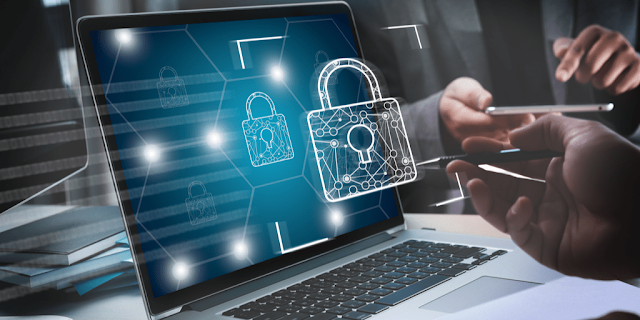LDAP User: What is it and what is it used for?

There are terms that by their initials sound totally unknown. Such is the case of LDAP . Do you know its meaning and what LDAP users mean? How many times have we come across this name without knowing that it is well known in the computing area and that they refer to the Lightweight Directory Access Protocol? It is, then, an important model that precisely allows the user to log into network computers, especially within organizations, whose characteristic is very similar to Windows Active Directory, an access manager for business users. LDAP user: What is this protocol and what is it used for? The LDAP user is the acronym for the Lightweight Directory Access Protocol, its name derives just a ceremonial formality in terms of applications through which users enjoy a service organized directory, hierarchical and distributed in search of diverse data in a corporate network environment. Hence its relationship with another manager, such as Windows Active Directory, which also manages user a


